If the introduction of Making Tax Digital (MTD) for VAT in April was mandatory for your business, then you’ll now have submitted the first MTD VAT return. But the digitalisation of tax isn’t going to stop there. Depending on your situation, you may have to file other types of tax electronically too.
Join us as we outline the taxes which are expected to follow suit, along with the benefits of going digital.
Income and corporation tax
It’s been confirmed that MTD will be rolled out for both income and corporation tax. When exactly this will happen is not currently known, however HMRC have revealed that it will be April 2020 at the very earliest.
For income tax, there is currently a live pilot taking place. If you meet the precise criteria, you might be able to voluntarily sign up for the testing and get used to submitting this type of tax digitally.
As this pilot is already happening, the digitalisation of income tax looks likely to go ahead in 2020. Testing for corporation tax, however, has not yet begun – indicating that a start date is not yet in site.
Payroll
Whilst it’s not officially been named ‘MTD for payroll’, the process has essentially been digitalised since 2013. A few years ago, HMRC made RTI (Real Time Information) PAYE submissions mandatory, which meant software was therefore compulsory – unless the business had a reason to be exempt. HMRC has been able to simplify certain tasks, such as amending tax codes for staff and matching PAYE with benefits.
However, many are still using manual processes like spreadsheets. And this has resulted in a number of inaccuracies. 1 in 10 large companies in the UK have paid their staff late at least 12 times during the last year. On top of this, 75% of bigger enterprises process their payroll either at a delayed pace, or incorrectly.
Incorrect pay can result in negative employee wellbeing, morale and productivity, leading to an increase in poor retention rates. This then reflects negatively on the company. With this in mind, using payroll software to its full capabilities only serves to benefit businesses.
The advantages of going digital
Electronic payroll uses real-time numbers, reducing the risk of errors and miscalculations. And the digitalisation of tax has a number of other benefits – not just for payroll. With updated information, you’ll be able to better manage cash flow, plus save time due to the automation. On top of this, you can access your tax information from anywhere, meaning you can work on your accounts as you go.
With income tax, users will be able to see how much tax is owed throughout the year, rather than waiting until the deadline. Annual tax returns will also be eliminated – instead you’ll submit regular financial updates.
The earlier you use the software the better, as you’ll get familiar with it sooner. This means that if (and when) it does become compulsory for you to file tax digitally, you won’t struggle to do so.
At Nabarro
Poole, we already integrate MTD-compatible cloud accounting software into our
offering. We’ll help you along your digital journey and can collaborate
together to best manage your finances.
Plus, our services extend further than MTD functionality. From management
accounts and budgeting to forecasting and tax planning, we can help. To discuss
your requirements, get in touch with our friendly team today. Simply call us on
0161 998 4276 or email info@nabarropoole.com.


Recent Comments